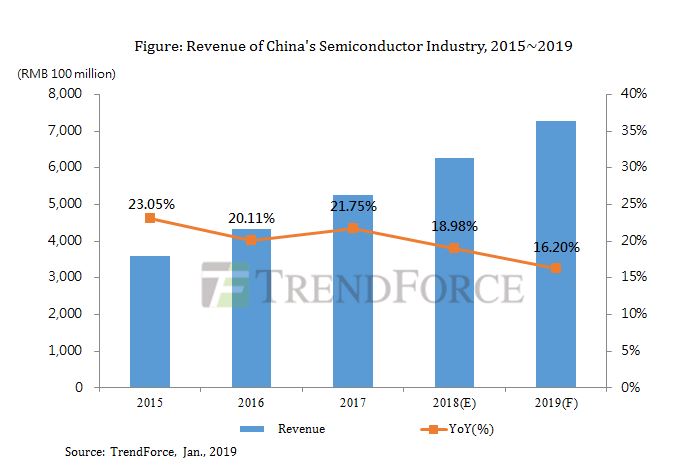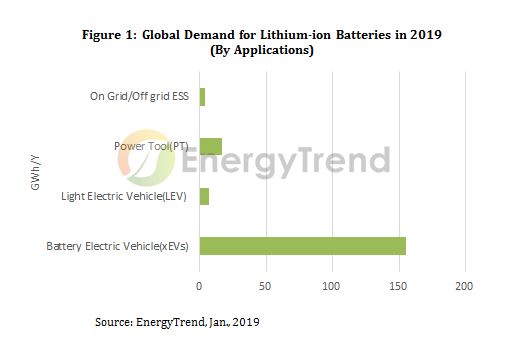- Ameya360 Component Supply Platform >
- Trade news >
- Chipmaker Results Point Toward Correction
Chipmaker Results Point Toward Correction
A number of chipmaker earnings announcements over the last week had a common theme — softer demand, inventory correction, and potential impacts from the U.S.-China trade war.
Among these companies were Texas Instruments, STMicroelectronics and Renesas, each of which plays heavily in microcontrollers, automotive and industrial chips.
On last week’s earnings call, TI’s chief financial officer, Rafael Lizardi, indicated that the company was heading into a softer market. It forecasted its weakest fourth quarter since 2013. Oppenheimer analyst Rick Schafer said in a client note that he considered TI’s fourth-quarter cut to be one of the first credible signals of an early-stage semiconductor cycle correction.
Weaker industrial demand affects Renesas sales
Renesas saw its third quarter net sales drop to 180.2 billion yen (about $1.6 billion) and said it expects a dip in full-year results to 737.8 billion yen ($6.5 billion) due to weakened demand for industrial ICs and measures to control and optimize inventory. Its Q3 sales decreased 11.8% compared to the previous quarter, with a drop in all of its business units — automotive, industrial, and its broad-based products. Industrial sales decreased the most, down 13.8% year-on-year due to weak demand in factory automation and home appliances.
“In light of the weakening end demand mainly in the industrial business, we expect semiconductor sales to decrease year-on-year and also foresee a drop in gross margin from a year-ago quarter to continuously promote optimization of inventory levels,” said Bunsei Kure, Renesas president and CEO.
Automotive sales for its Japanese customers remained almost flat year-on-year, while non-Japanese customer sales were up, Renesas said.
In September, Renesas announced a deal to buy IDT for about $6.7 billion, a transaction that was unanimously approved last week by the boards of directors of both companies. The deal is expected to close in the first half of 2019, following approvals by IDT shareholders and relevant regulatory authorities.
Softening in microcontroller sales, China for STMicro
STMicroelectronics reported growth in the automotive sector while seeing a softening of the mass market for microcontrollers in China in its third quarter results. Sequential revenue grew 11.2% to $2.52 billion in the third quarter, and the company expects to be on track with its 2018 revenue growth goal.
In the post-earnings analyst call, CEO Jean-Marc Chery was upbeat on the company’s performance in automotive but conscious of the microcontroller slowdown in China — which saw a fall of 8% in Q3. This is attributed to a flattening of point of sales in mass markets in China due to the effects of shortening lead times and inventory management.
Asked about the impact of the trade war between the U.S. and China, STMicro said that while it is not welcome, it hasn’t made a strong material impact. However, the company is re-adjusting the supply chain to give it the ability to ship from different locations, though not making any significant changes in the supply chain.
Despite this, Chery said that the automotive market was showing promise, with silicon content in cars growing much faster than car units. Recording design wins for on-board chargers and charging station applications, silicon carbide is a strategic priority in a market worth about $3 billion in 2025. The company is now working on more than 30 SiC projects across the world with car makers and tier one suppliers. It also won an award for an ADAS power management IC for a 77-GHz radar system with a European tier one for truck and car makers.
Chery said that the automotive backlog is very strong, with good visibility into Q4. “This year will be better than the company average, and we are confident in our capability to grow,” he said. He also said that Q1 visibility is good due to the rapidly increasing percentage of semiconductor content in cars.
In personal electronics, STMicro saw design wins and volume growth for its time-of-flight sensors in flagship smartphones and ramped a new generation of ambient light sensors at a smartphone maker. It also began ramping production of a new embedded SIM (eSIM) program at a phone manufacturer. In communications equipment, computers, and peripherals, the company won an ASIC award for a power drive modulator in BCD8 for 5G cellular networking from a European manufacturer.
Online messageinquiry

Revenue Growth in China's Semiconductor Industry Would Slow Down to 16.2% in 2019 due to Pessimistic
- Week of hot material
- Material in short supply seckilling
| model | brand | Quote |
|---|---|---|
| MC33074DR2G | onsemi | |
| BD71847AMWV-E2 | ROHM Semiconductor | |
| CDZVT2R20B | ROHM Semiconductor | |
| RB751G-40T2R | ROHM Semiconductor | |
| TL431ACLPR | Texas Instruments |
| model | brand | To snap up |
|---|---|---|
| BU33JA2MNVX-CTL | ROHM Semiconductor | |
| STM32F429IGT6 | STMicroelectronics | |
| IPZ40N04S5L4R8ATMA1 | Infineon Technologies | |
| BP3621 | ROHM Semiconductor | |
| ESR03EZPJ151 | ROHM Semiconductor | |
| TPS63050YFFR | Texas Instruments |
- Week of ranking
- Month ranking
Qr code of ameya360 official account
Identify TWO-DIMENSIONAL code, you can pay attention to


Please enter the verification code in the image below:

























